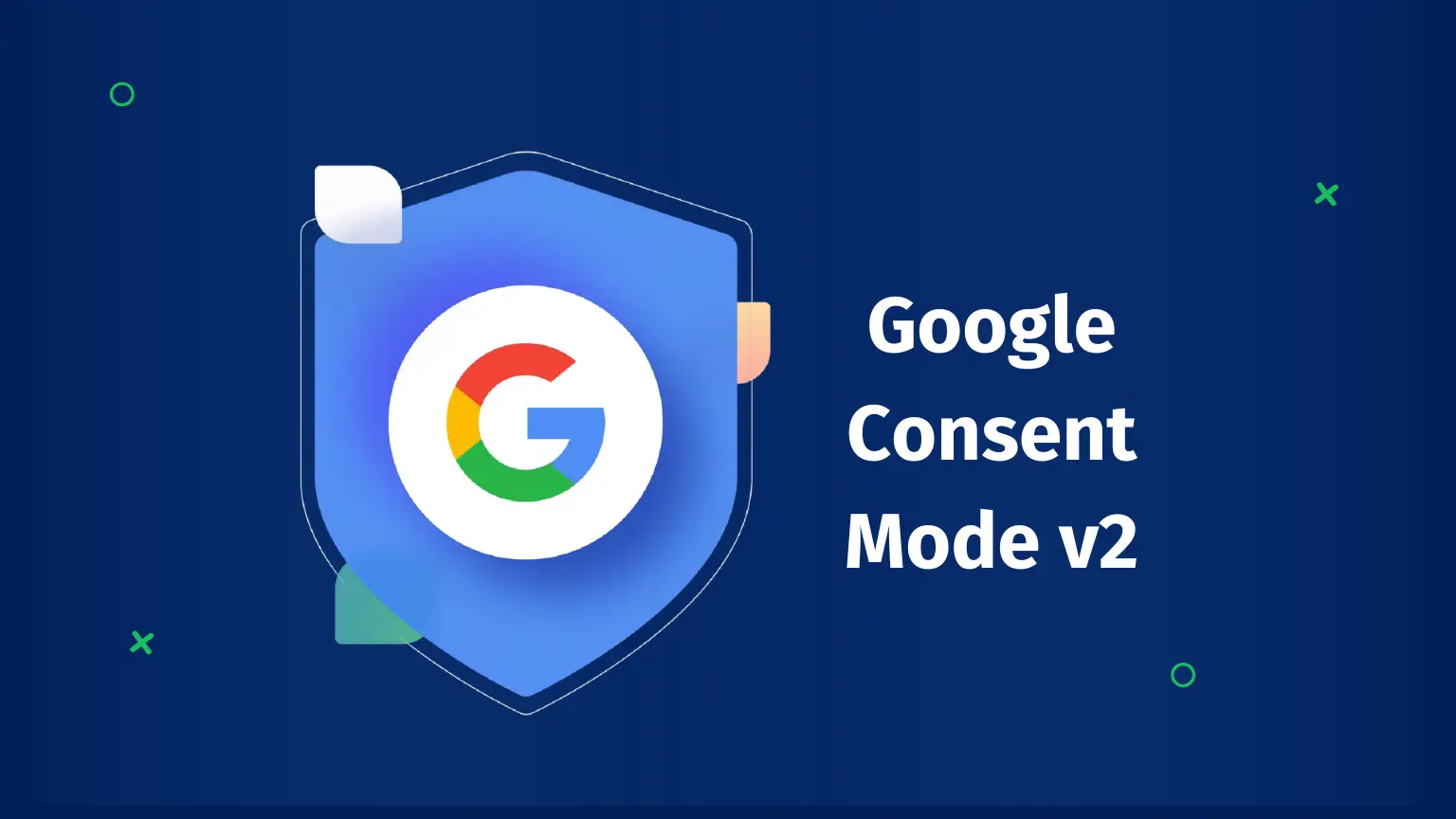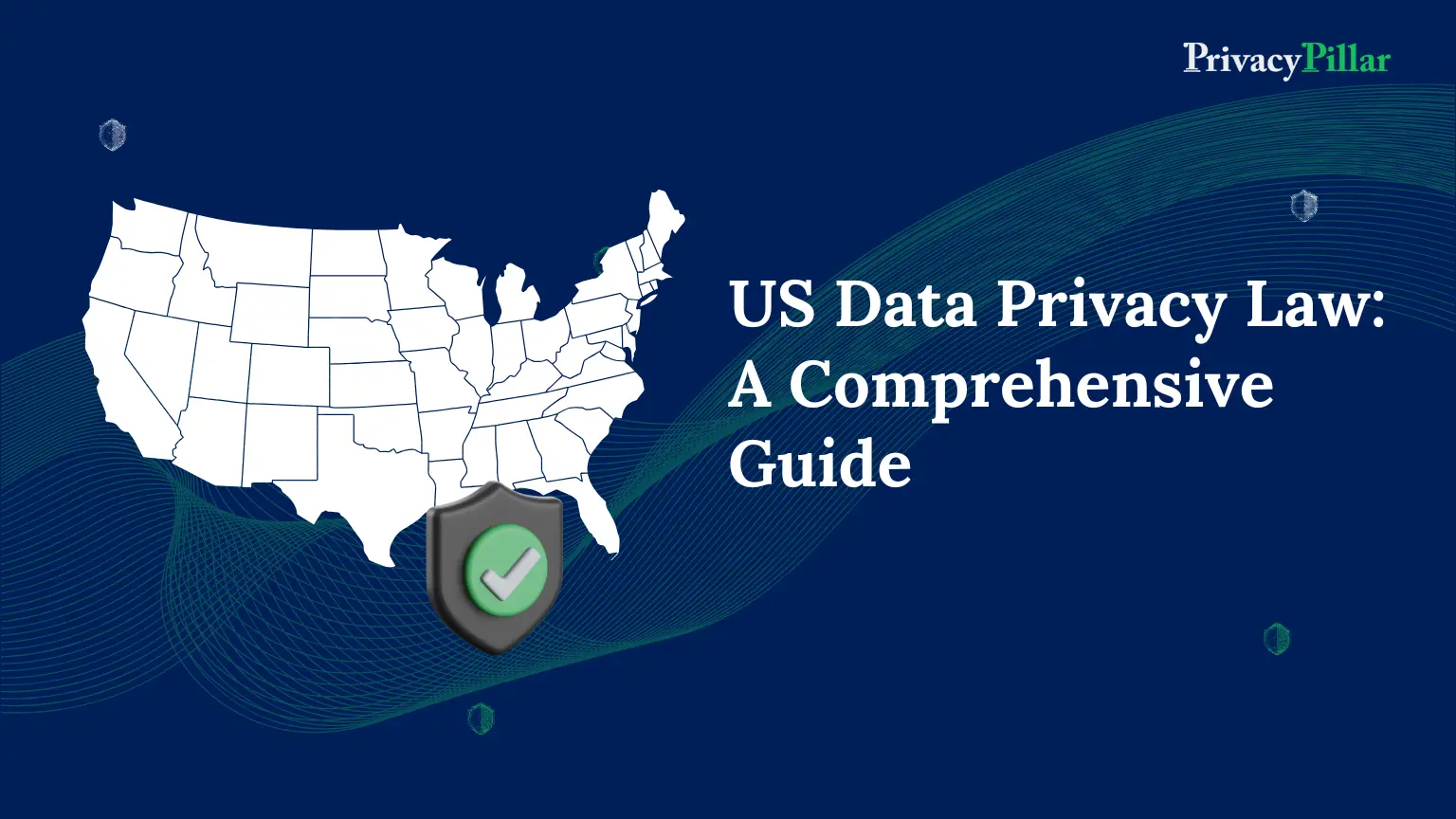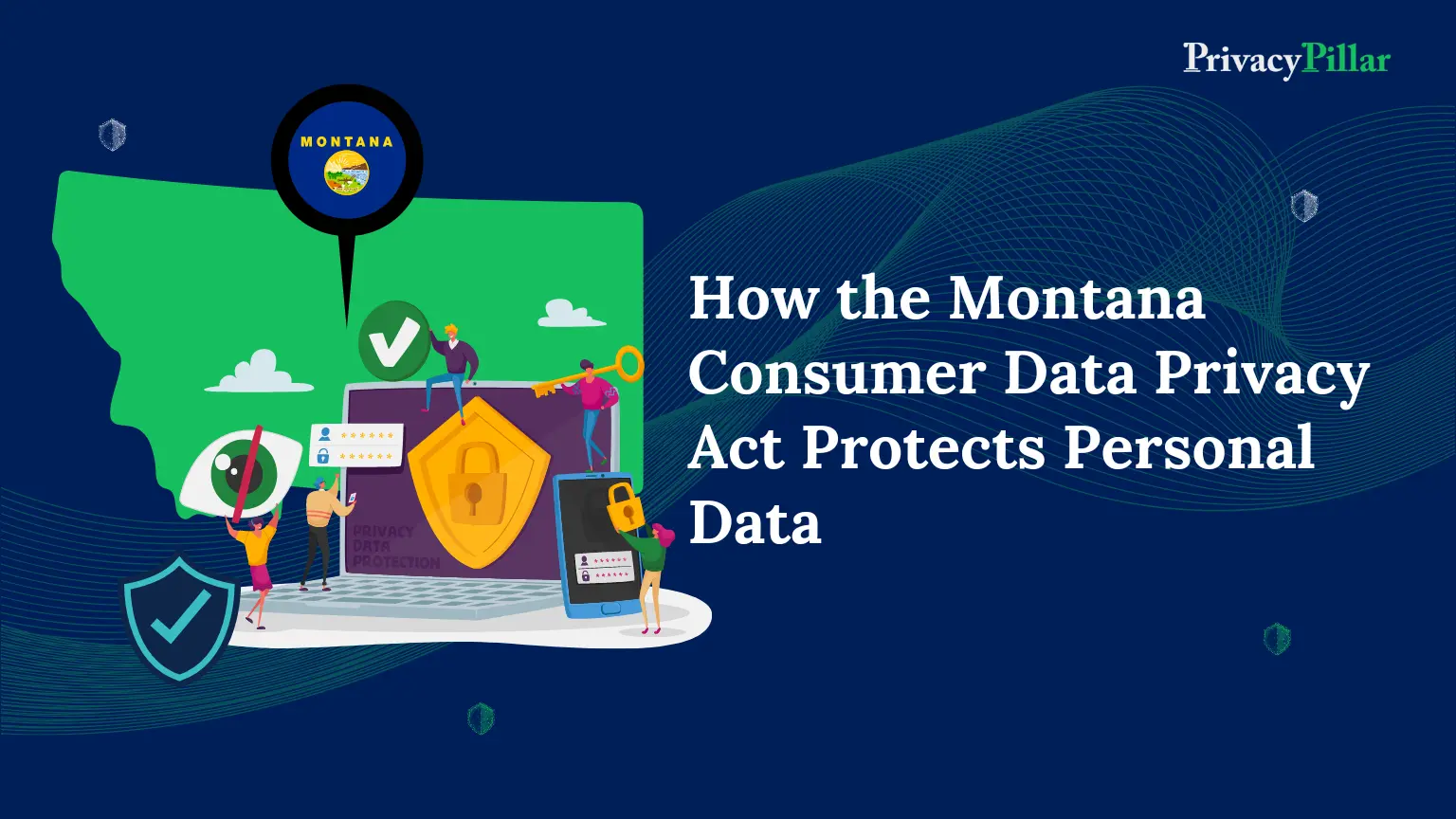
What is Google Consent Mode v2?
Ginny Marvin, Google Ads Liaison, has brought essential developments about Google’s implementation of its EU User Consent Policy to light.
Google is stepping up its enforcement of consent requirements about traffic from the European Economic Area (EEA).
Consent mode version two (v2), which includes parameters for ad personalization and remarketing consent signals, was introduced by the company as part of this.
Google consent mode v2 was introduced in late November 2023, allowing websites to communicate users’ cookie consent to Google tags more effectively.
It is an updated version of the original consent mode developed by Google.
By March 2024, advertisers and all websites using Google services must act or risk losing their area’s crucial advertising capabilities.
This article will answer all your questions regarding the new Google Consent Mode v2. Keep reading to learn more.
What is Google Consent Mode v2?
Google has improved its mechanism, known as Google Consent Mode v2, that allows businesses to modify how Google tags function by user consent for analytics cookies and ads.
This ensures that user consent, as stated by consent Mode v2, is the only basis for tracking advertising campaigns.
According to Google, it allows websites to collect conversion data without comprising users’ privacy preferences.
How is Google Consent Mode v2 different from the previous version?
Consent Mode v2 is an upgraded version of the previous version that demands explicit user consent for cookies and data usage, especially for analytics and personalized ads.
This update complies with stricter privacy laws and regulations.
It ensures that data is managed while respecting user preferences and legal requirements, especially within the European Economic Area (EEA).
The primary improvements are the two new consent states about advertising—ad_user_data and ad_personalization—enabled in the updated version.
All advertisers and websites should not consider the new Google Consent Mode as an option; instead, it is a requirement.
Websites wishing to track conversions and optimize their future advertising expenditure accurately should better fulfill these requirements by Google consent mode v2.
Google Consent Mode v2 is currently up and running.
If not put into practice, the adverse effects on advertisers and websites can be seen from March 2024.
New key features of Google consent mode v2.
As previously stated, the two primary settings related to advertisements and personalization in the advanced Google Consent Mode v2 are:
- ad_user_data
- ad_personalization
ad_user_data in Consent mode v2.
Depending on user consent, the ad_user_data setting determines whether or not personal data is sent to Google.
In this context, “Google” refers to various services, like Google Play, Google Shopping, and Google Ads.
Depending on whether the user gives consent, ad_user_data may have the following values: “granted” or “denied.”
ad_user_data will be set to “granted” if the user accepts the cookie banner’s advertising, consenting to share their data with Google.
This is only effective, though, provided the banner’s language conforms with Google’s standards.
ad_personalization in Consent mode v2.
The ad-personalization setting controls using personal data for remarketing and other similar uses.
ad_personalization, like ad_user_data, has two possible values: “granted” or “denied” depending on user consent.
ad_personalization will be set to “granted” if a user clicks on the cookie banner and agrees to advertising cookies, meaning that Google can use their data for ad personalization.
Like ad_user_data, this function is only available if the language used in the banner conforms with Google’s compliance standards.
Need for updating the consent mode.
The foundation of a web-based advertising ecosystem that benefits consumers, publishers, and advertisers must be a trust in respecting end users’ privacy preferences.
Google is assessing the impact of new laws like the Digital Markets Act (DMA) and privacy regulations like the GDPR and ePrivacy Directive.
The GDPR and the ePrivacy Directive regulate how data is stored and accessed on user devices and require that any processing of personal data must have a legal basis, primarily consent.
Google and other large online platform companies will be required by the Digital Markets Act to make several changes to their services.
One of Google’s efforts to encourage and ensure online compliance, including their own compliance with these regulations, is Google Consent Mode v2.
How does Google consent mode v2 help advertisers?
While complying with data privacy regulations and allowing users to consent to data processing, some users will opt out.
Because they won’t have the “full picture,” marketers and advertisers may find it challenging to understand the performance and effectiveness of their campaigns due to the lack of consent.
Through aggregated and anonymized data reporting, Consent Mode v2 helps advertisers recover a significant portion of this “lost” data in a way that complies with privacy laws.
Even if non-consenting users’ data isn’t available, aggregated data can provide insightful information about user behavior patterns and campaign performance.
Conversion modeling also improves conversion data for users who don’t consent. Before March 2024, you must correctly implement Consent Mode v2 to ensure the quality of your audiences and measurement in Google Ads.
Need for a cookie banner.
It would be best to have a cookie banner to use Google Consent Mode v2. This means that you must have, or get, a consent management platform (CMP) that complies with the e-privacy directive, the GDPR, and Google’s standards.
Google Consent Mode v2 “runs” through the CMP, which means it gets signals from the banner indicating if a user has granted consent.
As the website owner, you also must obtain consent for any cookies and tracking technologies used on the website in compliance with the GDPR and other data privacy regulations.
Next, to maximize the benefits of Google Analytics 4 and Google’s advertising services, you can use Google Consent Mode v2.
Failing to implement Google Consent v2
“Google Consent Mode v2 mainly applies to businesses that market to consumers in the European Economic Area.
Your advertising networks (such as GA4 and Google Ads) will not collect information on new EEA users without Consent Mode v2. This will happen after March 2024.
Thus, your audience list, measurement and reporting, and remarketing abilities in the EEA will be almost meaningless without Consent Mode v2.
Your bidding algorithms will operate on inaccurate and incomplete data, resulting in less efficient use of your budget.
For example, accurate conversion measurement is essential to the algorithm’s proper functioning and bidder efficiency if running a “Maximize Conversions” campaign with a target CPA.
The technique might undervalue some opportunities if fewer conversions are recorded (without Consent Mode v2), resulting in incorrect bidding and less profitable budget allocation.
How to implement Google Consent v2?
Four steps make up the implementation process.
First, decide the most effective approach for getting consent: using a solution you create from scratch or a certified CMP partner of Google, such as PrivacyPillar’s CMP.
Next, confirm that the banner meets every legal requirement according to EEA privacy rules and is set up to collect user consent per Google’s EU User Consent Policy.
Selecting a certified solution from a Google partner like PrivacyPillar will make this less hassle.
For the next step, put Consent Mode v2 into practice. The simplest option is a certified CMP solution, such as PrivacyPillar’s CMP, which provides very simple integration.
A manual implementation is generally required if you have constructed and managed your own CMP solution.
In the final phase, verify the implementation using your Ads account’s status and diagnostic tools.
Conclusion
By allowing advertisers and website owners to customize their data-collection tactics according to user consent, Consent Mode V2 helps balance the dual needs of data-driven insights and privacy compliance.
We strongly advise you to:
- Check whether you have any EEA traffic.
- Get EEA users’ consent (via any Consent Management Platform).
- Use the Google tools to share collected CMP consent signals. Simply put, ensure that Consent Mode v2 has been set up correctly.
- Include consent signals if you use an API for sending offline data to Google.
As previously said, by March 2024, Google’s requirement for Consent Mode v2 will be fully operational.
Start using Consent Mode v2 right away to ensure that your advertising is completely functioning in the future, and be prepared before the non-consented option is phased out.



